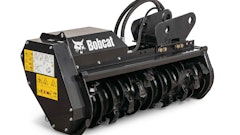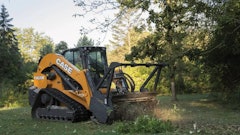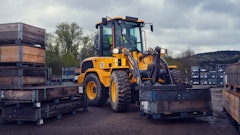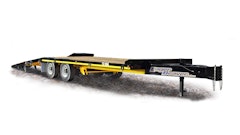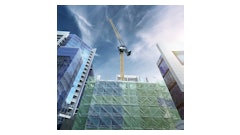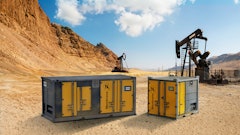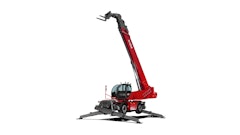It's easy to get caught up in the energy and excitement of a successful show such as this year's CONEXPO-CON/AGG, and assume the construction industry is finally in recovery mode. The glitz of Las Vegas combined with shiny new iron and throngs of people have a tendency to lull even the most seasoned veteran into a false sense of security. But as you step on the plane to head home, reality settles in rather quickly.
Fortunately, that reality has improved somewhat compared to where things stood a year or even six months ago. While still at depressionary levels, the Associated General Contractors of America reports construction employment rose in 138 out of 337 metro areas from March 2010 to March 2011 — the highest number adding jobs since November 2007. In addition, private nonresidential and multifamily construction appear to be stabilizing or picking up in most markets. U.S. Census Bureau figures show that seasonally adjusted multifamily starts rose 28% in March and 54% in February over the previous year's levels.
Of course, there are still barriers on the road to recovery. Continued restrictions on lending, the pending downturn in federal and state public construction investment and rising material costs are chief among them. Add to this the ongoing struggle in the housing market, and the prospects for all-out recovery in 2011 appear unlikely.
That said, there has been a mild resurgence in private construction investment, with solid prospects for further growth, particularly in areas such as healthcare, energy and manufacturing. Aging baby boomers are straining capacity at existing hospitals, clinics, assisted living facilities, etc. Energy companies (oil, gas, electric) are seeing tremendous pressure to meet rising domestic demand and decrease U.S. dependence on foreign suppliers. And manufacturers have seen capacity utilization climb steadily over the past nine months. Once it reaches a pinnacle — perhaps by the end of the year — manufacturing capacity will need to be added.
So, while we aren't in recovery yet, we are heading in the right direction. Thus, the next question to ask becomes, "Are we ready yet?"
I've discussed in previous columns the value of taking time out to evaluate future staffing needs. The next step is to take a critical eye to the "workforce" representing your biggest capital expense — your equipment fleet.
Average fleet age has risen during the recession, which isn't a problem as long as the equipment has been properly maintained. But we all know running "mean and lean" during hard times can sometimes result in shortcuts and neglect, with subsequent failures down the line. Take the opportunity to evaluate the condition of your fleet, and repair or replace any machine with the potential to eat up profits in downtime and repair costs.
Purchasing replacements may not be a realistic option for your company yet. If not, negotiate pricing and availability with your local rental center to ensure you have the right equipment when you need it. Rental can also help you comply with local regulatory requirements if you're unable to upgrade units to required emissions standards at this time.
Evaluate equipment utilization, both current and long term. With used equipment values up, it may be the optimal time to sell off under-utilized iron. Who knows? Selling off any unprofitable units could provide enough down payment to buy more productive machines. This would put you in a better position to cash in once we finally do reach recovery mode.





